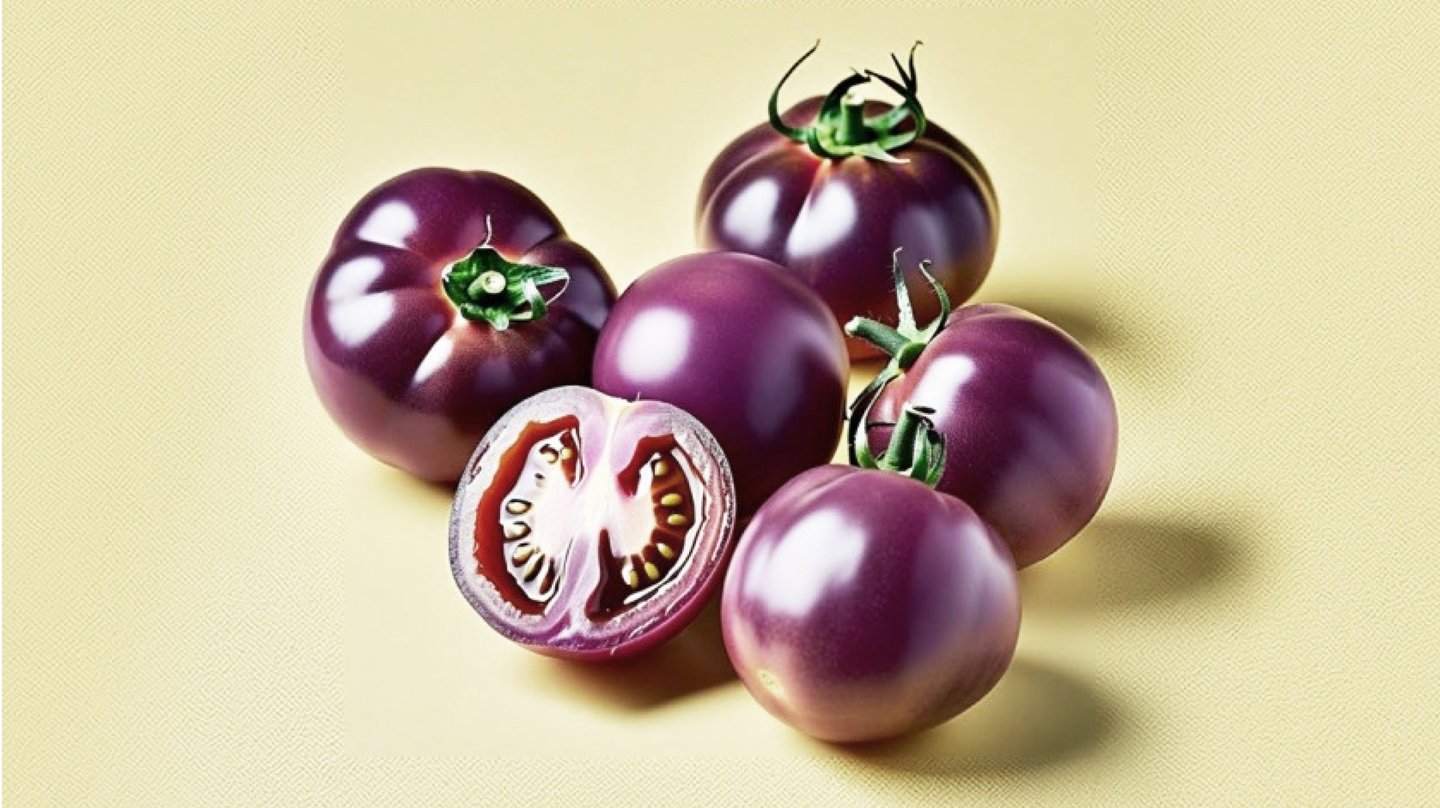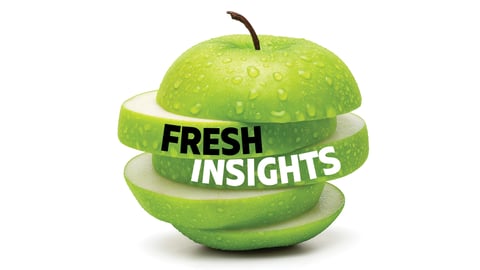Fresh frontiers: How biotechnology is reshaping the produce aisle
Biotech is bringing a fresh wave of innovation to the produce aisle. Unlike earlier developments that focused primarily on agricultural benefits, today’s gene editing and genetic modification tools are increasingly centred around consumer-friendly traits. This is helping change the conversation
“Trying to explain to the average consumer why weed management traits are really great is a hard sell, even though it has multiple benefits to the environment and to farm management,” says Ian Affleck, vice-president, plant biotechnology at CropLife Canada, a trade association focused on plant-science innovation. “But, if you can explain to someone that this [gene-edited] blackberry has all the flavour and no seeds—making it great for smoothies—they want to know more about the science behind it. And then you see public acceptance follow in line.”
Evolving regulations are also paving the way for innovation. In 2023, Canada introduced guidelines regulating gene-edited crops in the same vein as conventional ones. The government noted that plant breeding innovations allow new varieties to be developed more efficiently and effectively than through conventional breeding. (Gene editing differs from genetic modification in that it makes precise changes within a plant’s own DNA using technologies such as CRISPR, while GMO technologies typically introduce other genes.)
Though gene-edited produce has yet to hit Canadian store shelves, the seedless blackberry is a prime example of what’s possible. Developed by U.S.-based Pairwise using CRISPR, the blackberry replaces hard seeds with small, soft ones, making it more appealing to consumers. The company says this development paves the way for removing seeds and pits from other fruits, such as cherries.
Another example of gene editing in the works is the non-browning banana, developed by U.K.-based Tropic. Using CRISPR, the company has “disabled” the gene responsible for browning when the fruit is cut or bruised. In addition to reducing food waste and extending shelf life, the technology also improves the crop’s natural disease resistance.
The Arctic apple, developed by Okanagan Specialty Fruits (OSF), uses genetic modification to prevent browning. Available in four varieties—Arctic Golden, Arctic Granny, Arctic Fuji and Arctic Gala, the apples are sold pre-sliced and stay fresh for up to 28 days, making them ideal for HMR.
Sarah Evanega, vice-president of business development at OSF, says the Arctic apple was created to reduce food loss and food waste—from the orchard to the consumer level—but also suits the popular fresh-cut produce area. “Our product is well positioned for the fresh-cut section of a supermarket, as well as the grab-and-go, more foodservice-oriented options,” she says.
Genetic modification is also being used to enhance health benefits. The Purple Tomato, developed by California-based Norfolk Healthy Produce, incorporates genes from the purple snapdragon flower. This not only gives the tomato its striking purple colour, but also increases its antioxidant content and extends its shelf life. Grown by Kingsville, Ont.-based Red Sun Farms, The Purple Tomato is sold at Lidl stores in Virginia and Washington, D.C.
Nathan Pumplin, CEO of Norfolk Healthy Produce, says consumer demand is strong, despite GMO misconceptions. “A lot of grocery retailers have this perception that their customers are afraid of GMOs … but the vast majority of customers want [The Purple Tomato] to be available,” he says. “Most people have never been shown a GMO that offers something that’s nutritious, fun and cool—and reduces food waste.”
Trevor Charles, a professor of biology at the University of Waterloo, believes biotech advances will accelerate new produce varieties faster than one might think. “There’s a tendency [for companies] to shy away from innovation that has great potential. It will take companies willing to take that risk … and that will set the example.”
This article was first published in Canadian Grocer’s May 2025 issue.



